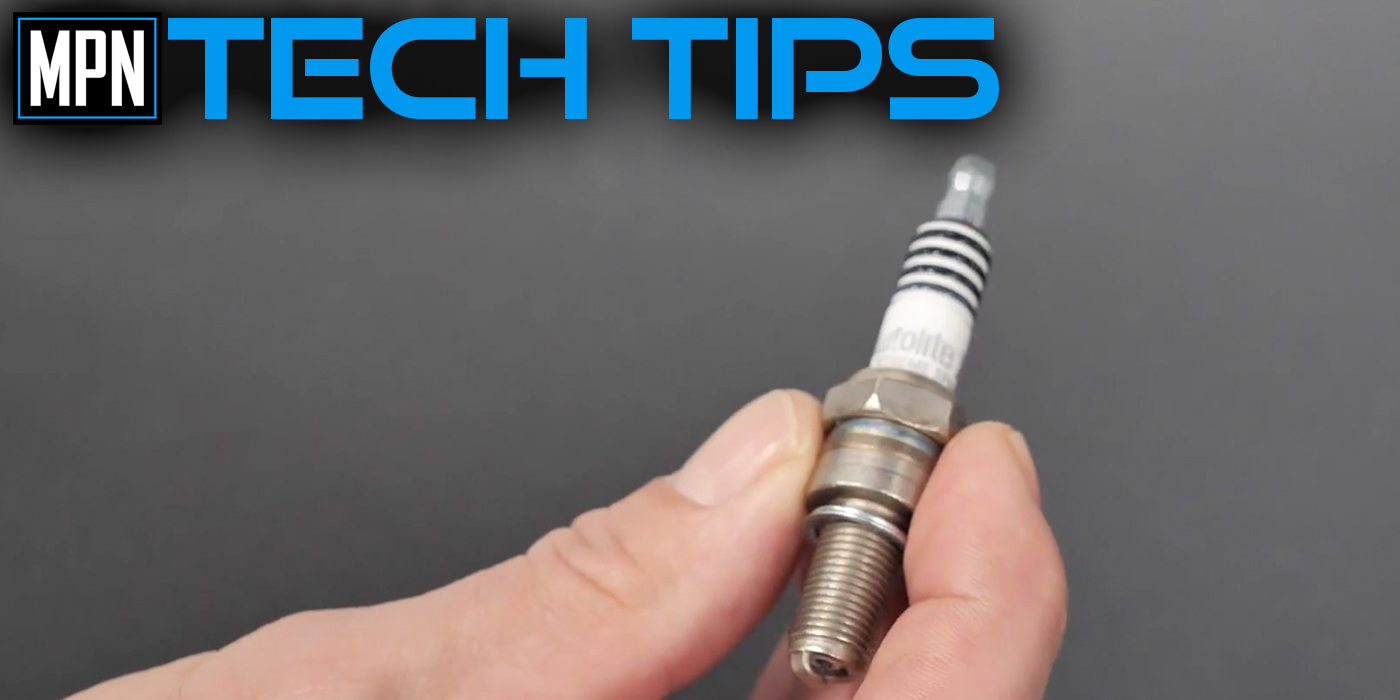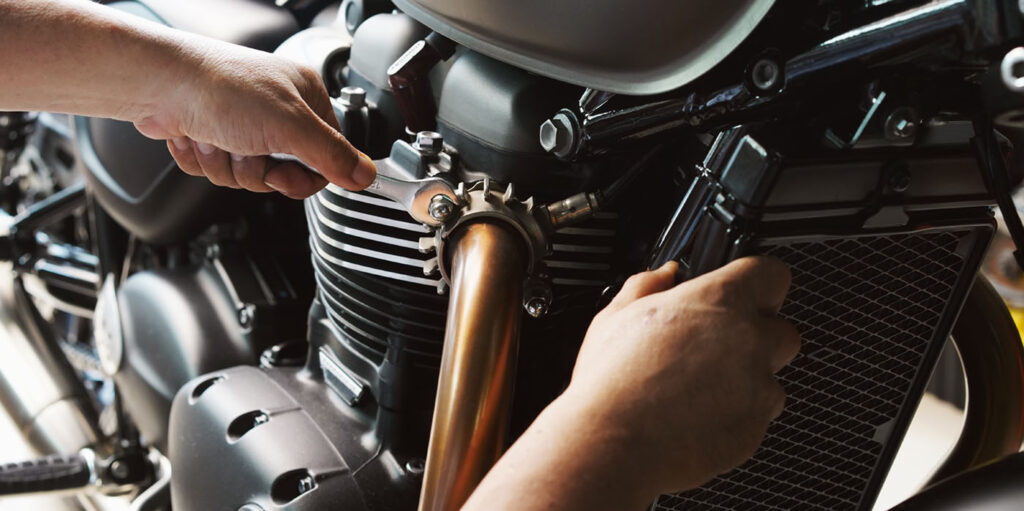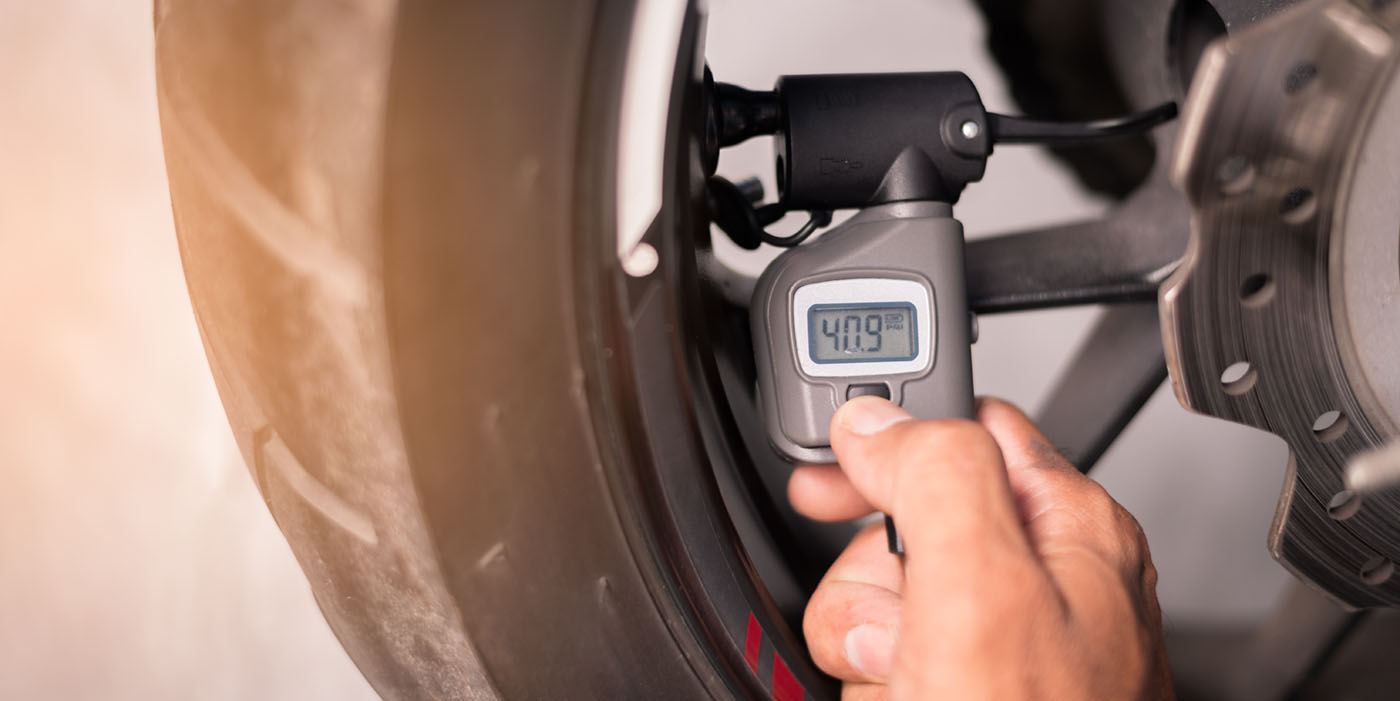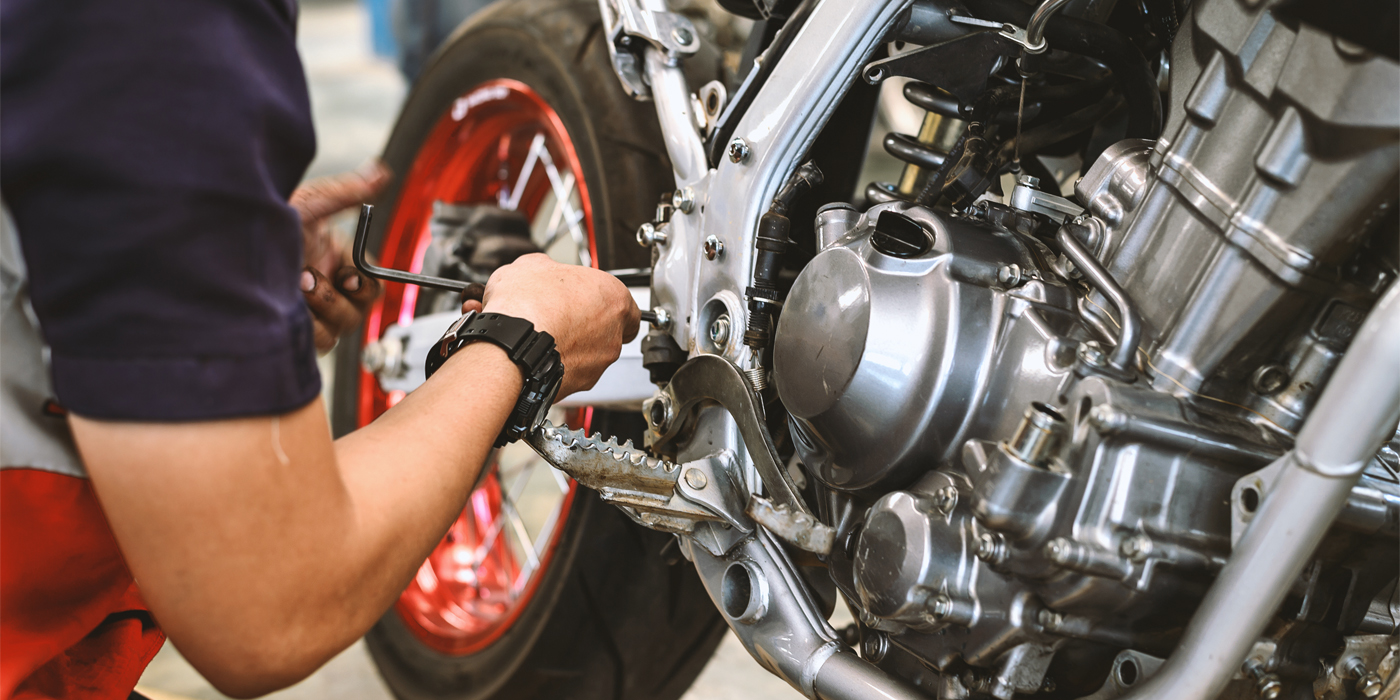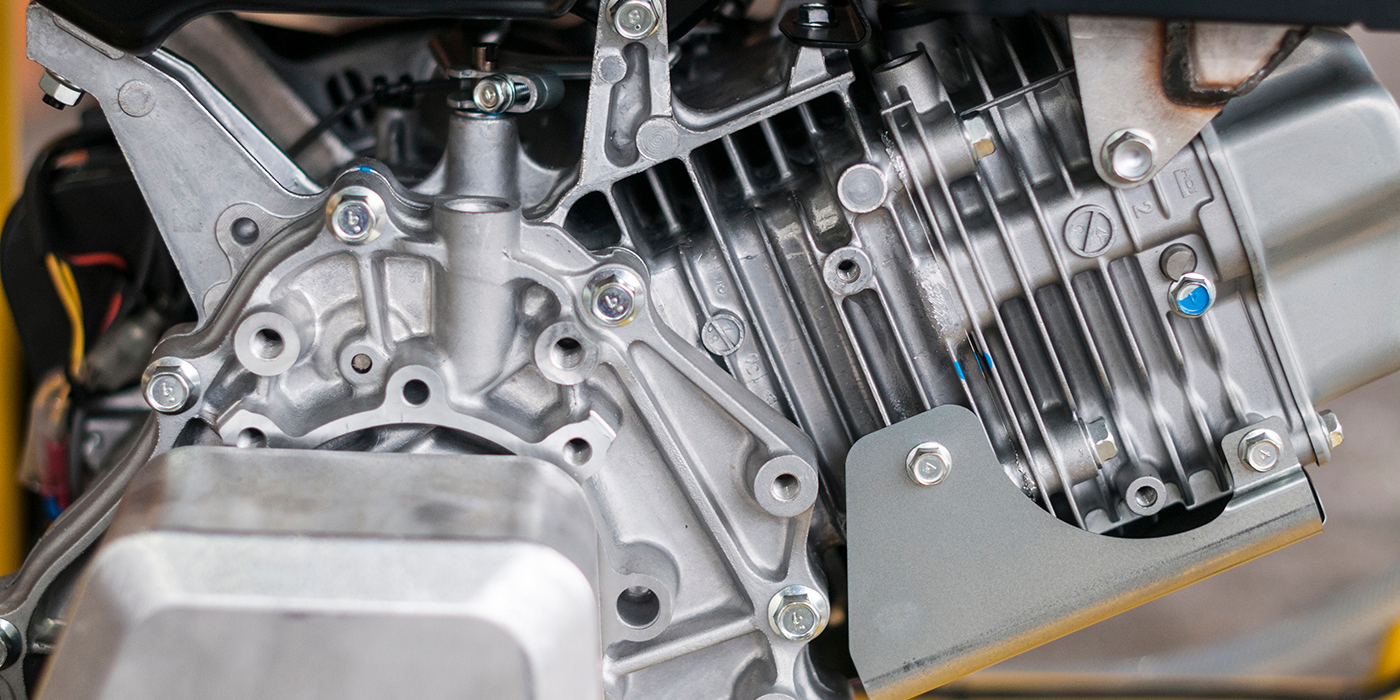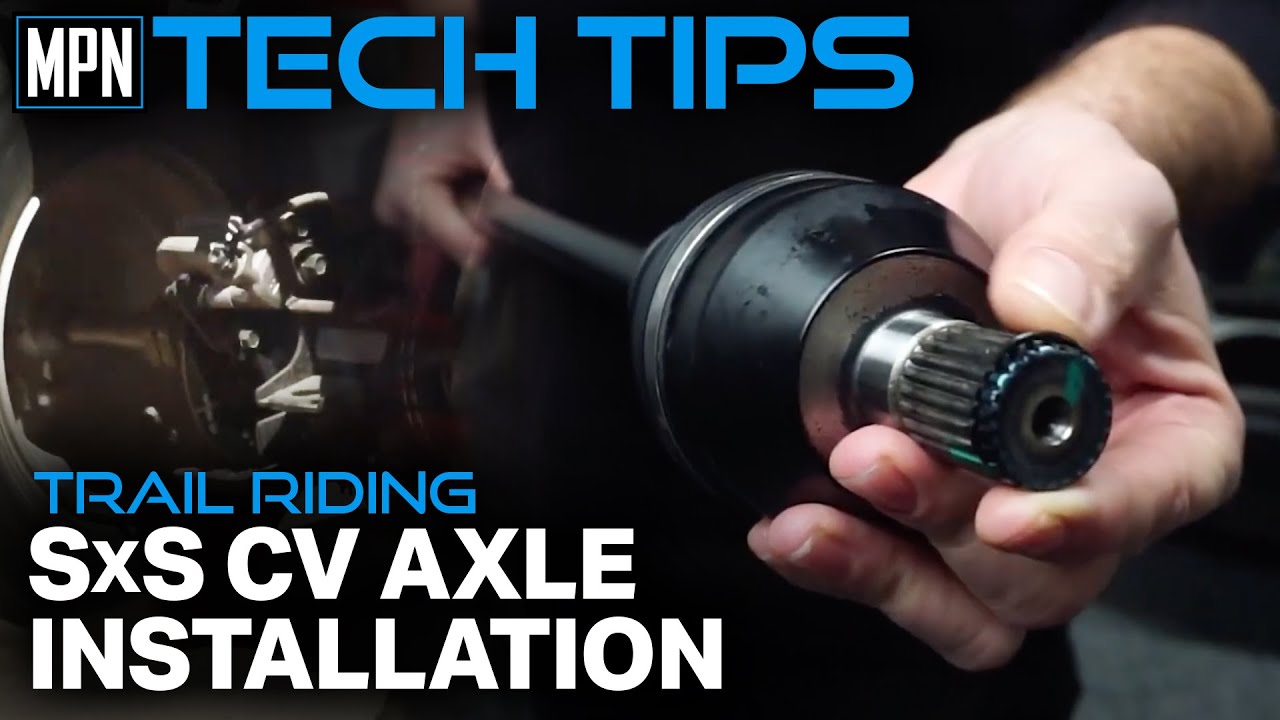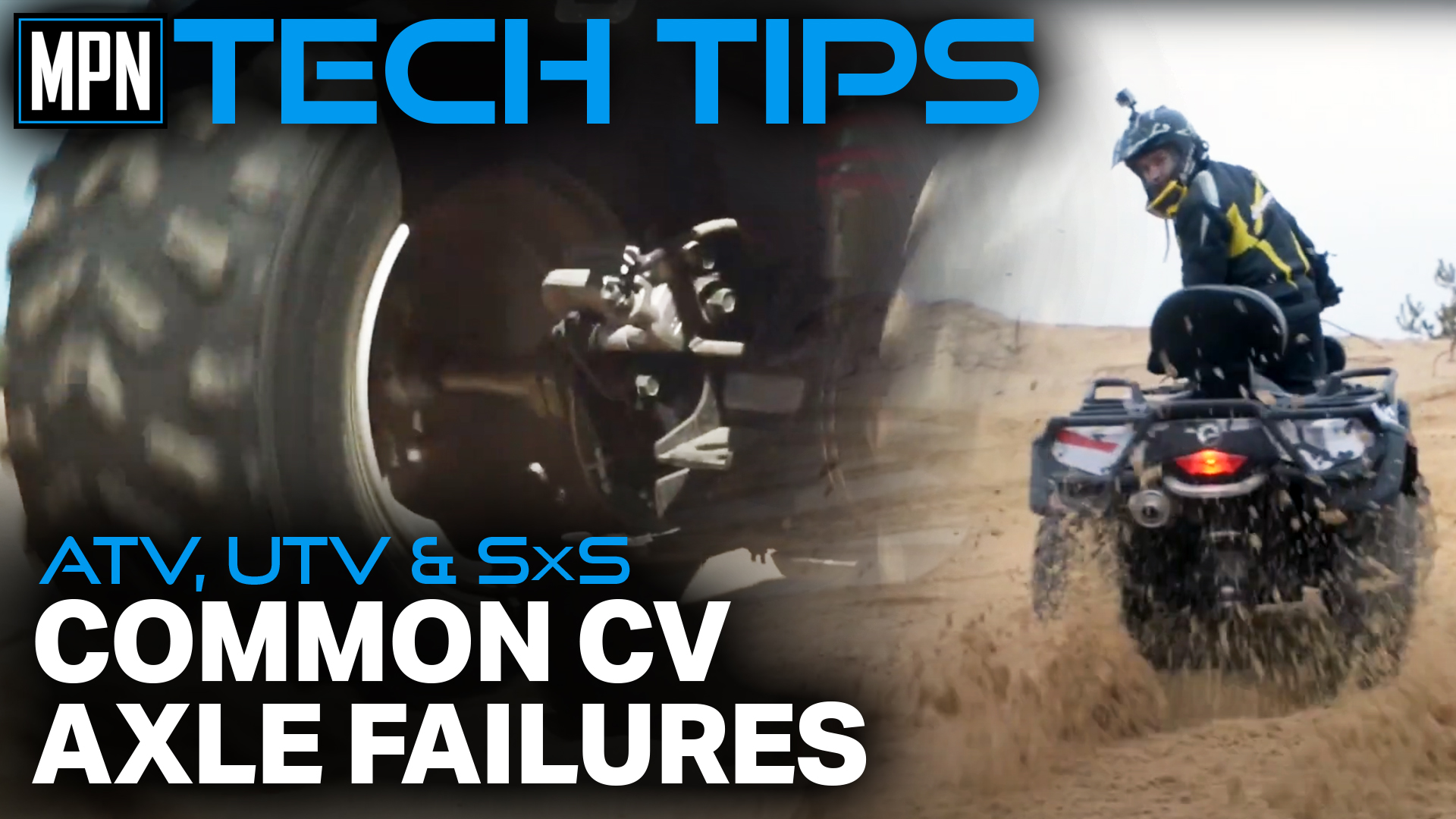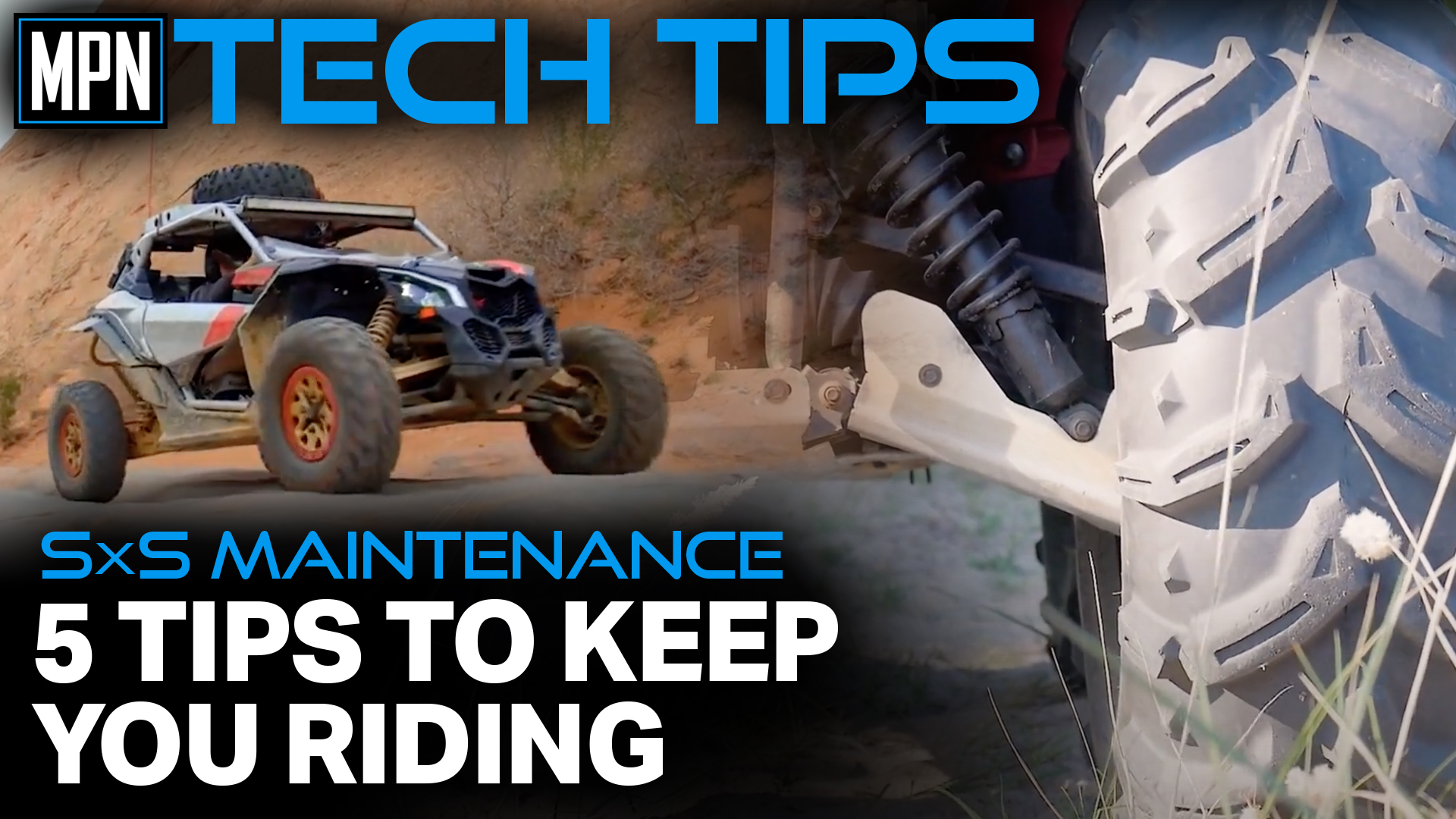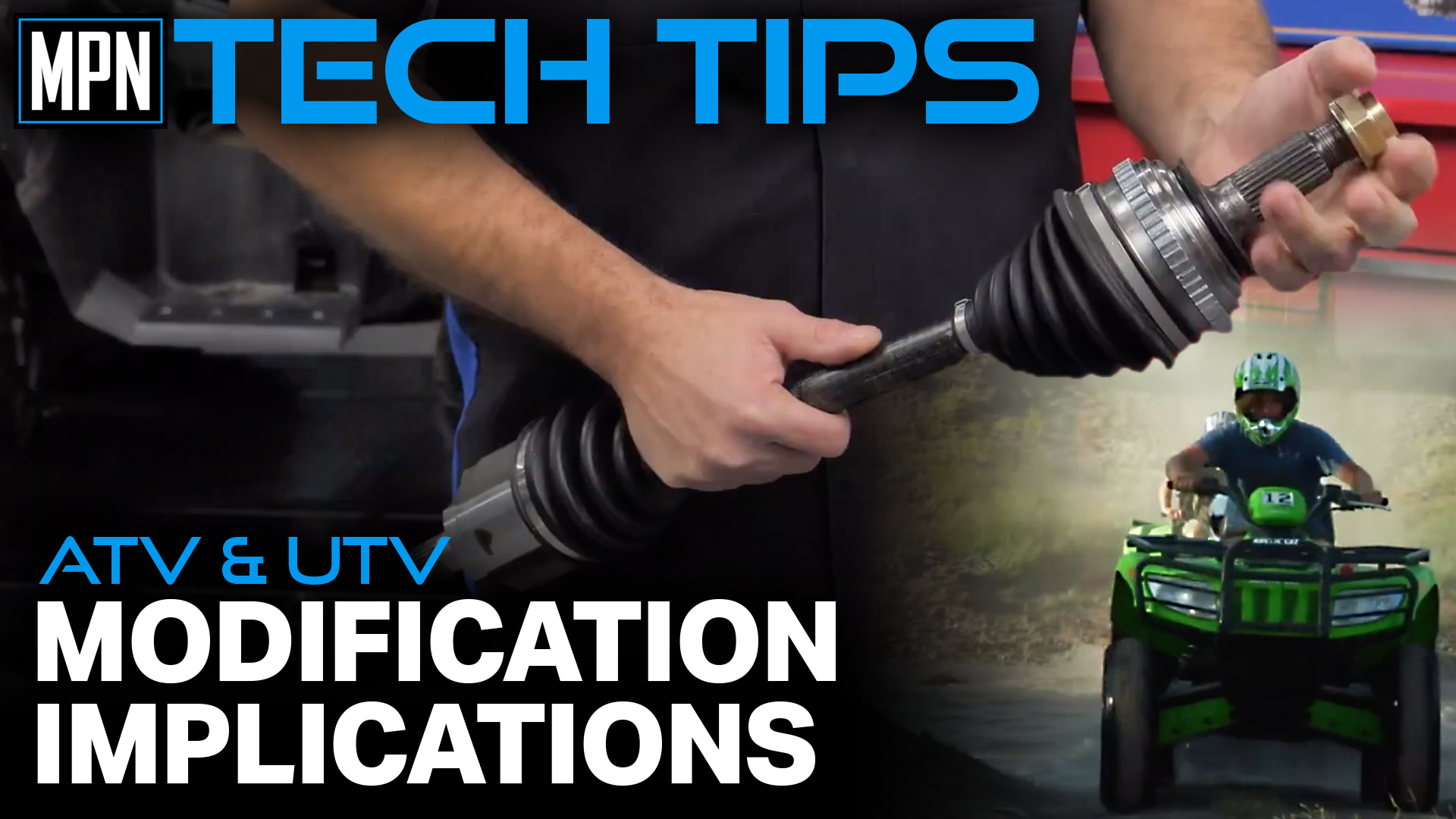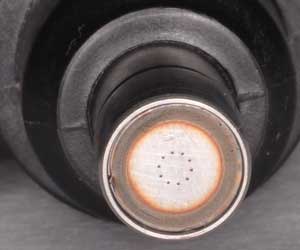
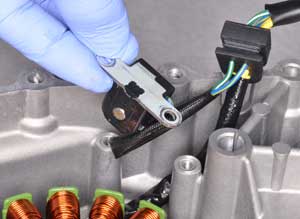
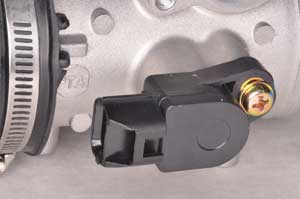
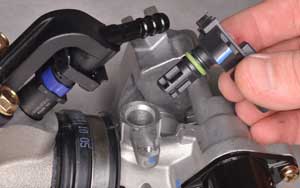
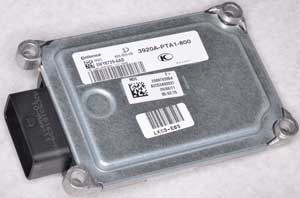 Fuel injection isn’t only for cars and high performance motorcycles anymore. It can now be found on 50cc scooters, motocross bikes, ATVs and side-by-sides. Understanding fuel injection is now a must for the powersport technician.
Fuel injection isn’t only for cars and high performance motorcycles anymore. It can now be found on 50cc scooters, motocross bikes, ATVs and side-by-sides. Understanding fuel injection is now a must for the powersport technician.
Fuel injection is better for the technician in several ways. Gone are the days of troubleshooting carburetor fuel circuits. There are fewer moving parts to fail and no carburetors to clean. Best of all, most fuel injection systems have a self-diagnosis feature that can identify problems for the technician.
Where a carburetor uses mechanical methods to provide the required fueling, the fuel injection system relies on a set of sensors and a computer to calculate and deliver the fuel needs. The computer will often be labeled ECM for electronic control module or ECU for electronic control unit. There are three sensors that provide the basic inputs the ECM needs to make the system function at a baseline level.
The basic input sensors are the crank position sensor (CPS), manifold absolute pressure sensor (MAP) and throttle position sensor (TPS). The crank position sensor may be replaced or augmented by a camshaft position sensor on some models.
The crank/cam position sensor serves to tell the ECM where the piston is in its stroke so that the ECM knows when to open the fuel injector and time the ignition. The crank position sensor may be referred to by other names: pickup coil, exciter coil, ignition pulse generator or pulser coil.
The throttle position sensor tells the ECM if the throttle is open or closed. This allows the ECM to adjust the amount of fuel provided based on throttle position. Do not remove a TPS unless absolutely necessary. The TPS is preset at the factory and may require adjustment or a special procedure to reset the ECM if it is removed or a new component is installed.
The MAP sensor helps the ECM to know if the engine is accelerating, decelerating or cruising. The MAP sensor may also incorporate features of corrective input sensors. In some instances, the MAP sensor will read the ambient atmospheric pressure at engine startup to do double-duty as the barometric sensor. Also, some MAP sensors can measure air temperature.
In addition to the basic inputs, fuel injection systems also have correction inputs to give the ECM additional information. This allows the ECM to adjust as needed for maximum performance and efficiency based on varying conditions. Some common corrective sensors are engine coolant temperature (ECT), intake air temperature (IAT), barometric pressure (BARO), vehicle speed and gear position.
For overall engine performance, there are control input sensors. These include knock sensors, oxygen sensors and bank angle/tip over sensors. These control inputs are in place to alert the ECM to a running condition that is outside of intended parameters. The ECM can then either adjust the ignition and fueling to a base level or shut the engine off if an unsafe running condition exists.
The ECM takes the information from the basic, corrective and control inputs and then executes its fueling and ignition calculations with its control outputs. The ECM controls when and how long the fuel injector opens, when the ignition coil fires and when the fuel pump operates via the fuel pump relay.
If the self-diagnosis system indicates a problem, it should be investigated immediately. Identify the trouble code and follow the troubleshooting information as shown in the service manual. Don’t forget to check the basics. Is the battery fully charged, are the electrical connectors in good condition, is the fuel of good quality?
Do not fear fuel injection. Once you get used to working on it, you will never want to see another float bowl. Use this new technology to your advantage.
Brought to you by the people at WWW.CYCLEPEDIA.COM, Cyclepedia Press LLC publishes online service manuals for many popular ATVs, motorcycles and scooters. Our full-color, online product is the first of its kind in the powersports industry. Check out the CYCLEPEDIA.COM website for more information on service manuals, specifications, VIN decoder, and maintenance record keeping.



